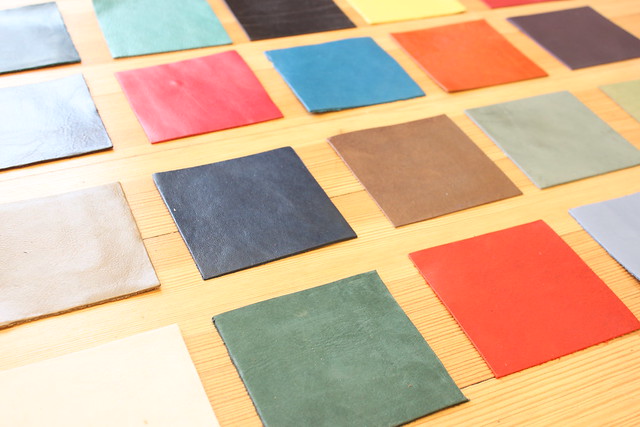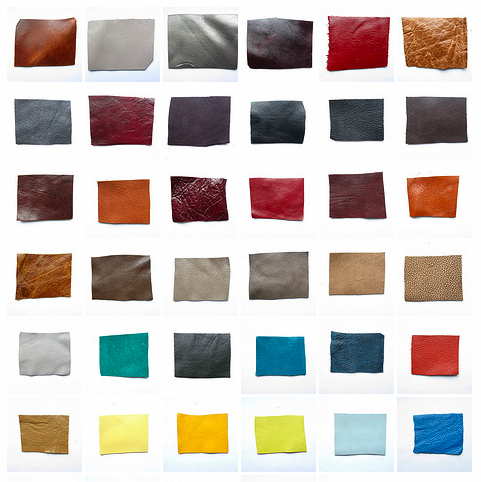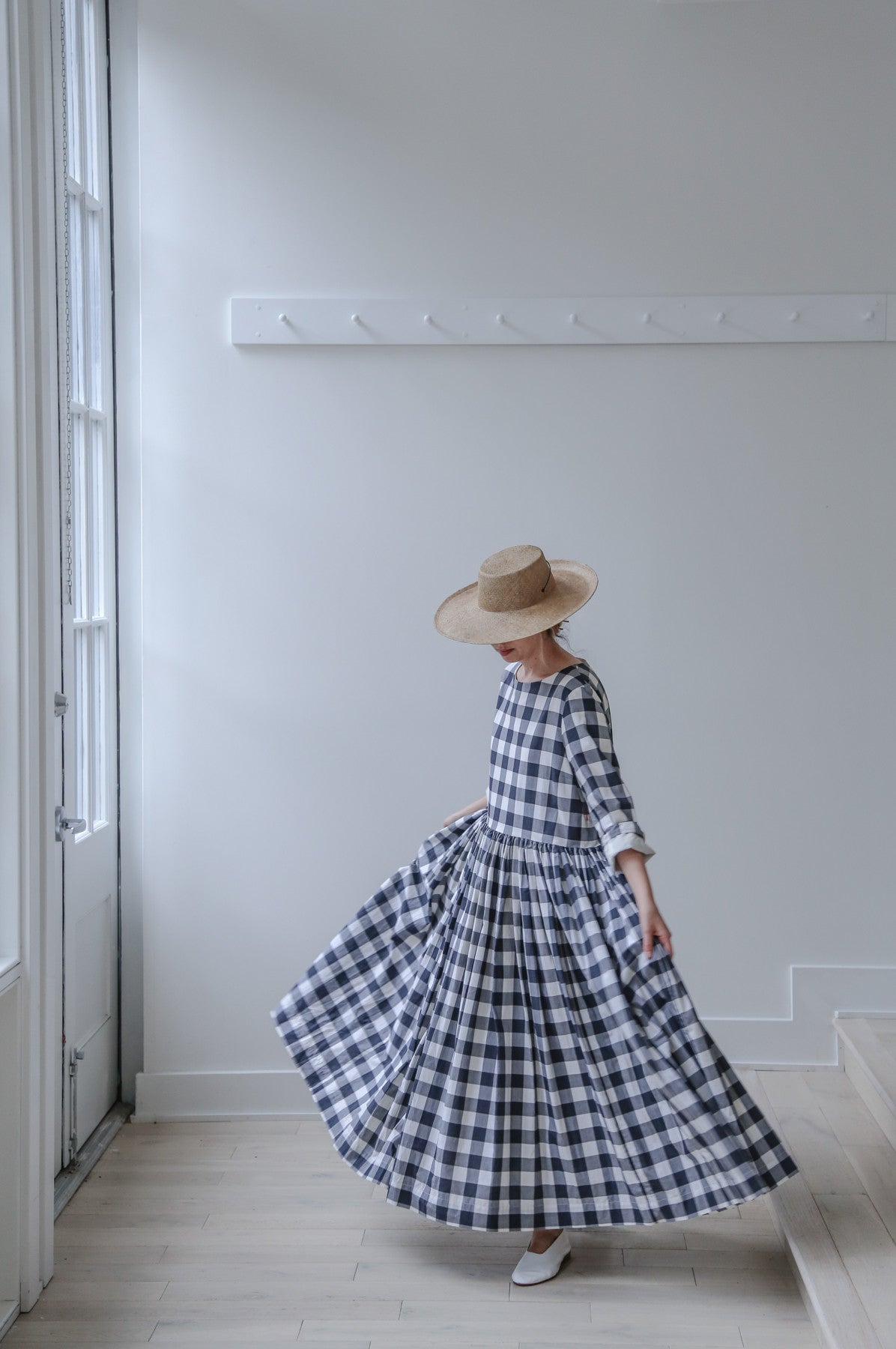
I keep meaning to write a post about leather. I thought it could be informative and helpful because there are a lot of confusing terms about leather out there. People sometimes ask me what is the best leather for them to get for a bag, what will be sturdiest, and where leather comes from.
So what is leather? Leather comes from the hides of animals (I know that might seem obvious to a lot of people, but I've heard people ask that!) I want to reiterate this - leather is a natural material and comes from an animal. Animals, like us, are not perfect - we have scars, marks, moles, you get the picture. Since that is true, it is rare that you will find leather without natural hide markings. I think it's easy to imagine that leather comes on rolls like fabric and you just cut out pattern pieces as close together as possible, but that's not true for leather. I've had to waste huge areas of hides because the material is not usable and I feel pretty awful when I do that. This is wasteful, but on the other hand, I know my customers will not want a leather bag with a big scar running down the front of it. I try to find a happy medium between these two ends of the spectrum. However, I will leave areas with small scars because it's easy to forget leather comes from animals - we shouldn't forget that. In a store you might walk in and see a bag with a perfect leather grain - but in reality, leather was wasted to make that perfect, no proof-it-was-made-from-an-animal bag. Granted, there is also the factor of leather quality, and it is true that some higher end bags may use high quality leather - but truth be told I bet they are wasting leather the same.
Most leather items you use are probably made from cows or bulls. This is for a few reasons : the hides are large, the thickness is good for upholstery, bags, and shoe-making, and it is probably the most affordable type of leather. These are the reasons most of the bags I make are from cowhide. Lambskin, deerskin, and calfskin are much smaller and more expensive. They are usually also much thinner and more stretchy, making them a bit harder to work with. However, they are perfect for glove-making and other small items that need more flexibility.

When a hide is being made, it starts out as a rawhide. These rawhides then go through the process of being tanned and dyed. I've only read about this and haven't done it myself, but it looks like quite the process. There are many different ways to tan hides - the main three being Chrome, Oil, and Vegetable. Chrome tanning is the most common and is known for producing very soft leathers. Vegetable tanning, however, is known for producing stiffer leathers that are used for saddles or belts. Vegetable tanned leather can also be worked so that is can get softer - I recently made a tote out of Veggie tanned leather for myself and I had to roll and crease the leather for about an hour to get it soft - but it can be done!
There are different types of leathers too. Full-Grain leathers are non-grain corrected leathers. This means that the hide still has the top layer of skin on it: nothing needs to be corrected in the tanning process. These leathers tend to breath the best and develop a patina over time. Top-Grain leathers are leathers that have been sanded a bit and a coat added. These leathers are common in bags and upholstery. Corrected-Grain leather have had the top area completely sanded off and removed and a new grain has been imprinted on the top. I usually use top grain leather, and sometimes will use full grain leather.
So where does leather come from? You would think that with America having a lot of cow farms that we'd get a lot of leather from here - wrong! Most leather comes from South America (Argentina, Mexico), India, China, and Italy. I think this is kind of interesting from many perspectives. The first thing that pops in my head is how a leather connoisseur might happily smile when they hear the phrase "Italian leather" - would they make that same happy smile if they heard "Argentinian leather" or "Chinese leather" - no they wouldn't. True, there are many old world tanneries in Italy and they are known for their time-honed techniques, but I've also seen pretty nice leathers come from other countries as well. It makes me think twice about what I think I should be considering to be quality leather.
And then we get to the question of price and quality, which is interesting and confusing to me. You would think they would be directly related, but I don't think this is true. I have found cheaper leathers that are nicer than ones I've paid three times as much for. And you know why this is? It ties back into the amount of waste that goes into the industry. Every season a company probably receives either more hides than they can sell, or, the hides are seconds. In my opinion, those second rate hides are just as nice as the first rate ones. So most of those hides sit in warehouses, get tossed, or small businesses will buy them up in lots to be sold at cheaper "wholesale" prices. I don't want to get on too much of a tangent here, but I think it's important to consider that cost and quality are not always related.
I'm sure there are tons of other things I could talk about related to leather, but for now, this will be good. It's already a bit longer than I had originally intended! But hopefully, it was informative for those who wanted to know a little bit more about it.


